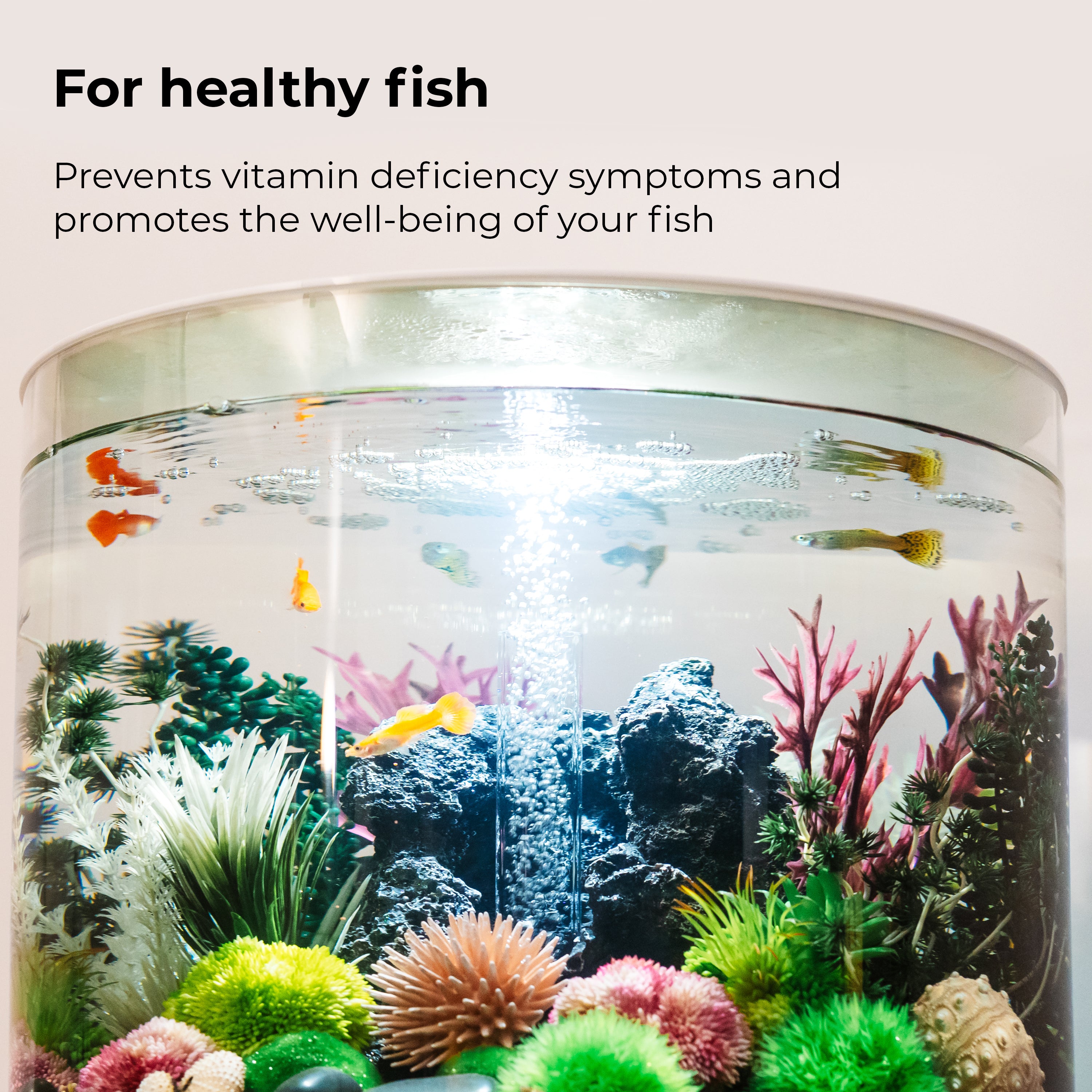Shop At Haya: Your Ultimate Shopping Guide
Discover the best shopping tips, trends, and deals for a smarter buying experience.
Aquarium Shenanigans: The Fins and Follies of Fishkeeping
Dive into the hilarious world of fishkeeping! Discover tips, tricks, and tales that will keep your aquarium thriving and your spirits high!
Top 10 Beginner Fish for Your First Aquarium
If you're new to the world of aquariums, choosing the right fish can be crucial for your success. Here are the top 10 beginner fish for your first aquarium, perfect for those looking to start this rewarding hobby. These fish are not only hardy and easy to care for, but they also bring vibrant colors and lively activity to your tank. Starting with fish that are forgiving to beginner mistakes will help you build confidence as an aquarist.
- Betta Fish - Famous for their stunning colors and flowing fins, Betta fish are a great choice for beginners.
- Goldfish - A classic option, goldfish are hardy and come in a variety of breeds.
- Guppies - These small fish are vibrant and easy to breed, making them perfect for newcomers.
- Zebra Danios - Known for their resilience, these active swimmers are perfect for community tanks.
- Neon Tetras - With their bright blue and red colors, Neon Tetras are a stunning addition to any aquarium.
- Platies - Highly adaptable and friendly, Platies are wonderful first fish.
- Barbs - With varieties such as Tiger Barbs, these fish are social and can add movement to your tank.
- Endlers Livebearers - Similar to guppies, they are easy to care for and visually pleasing.
- Corydoras Catfish - These bottom dwellers are peaceful and help keep the tank clean.
- White Cloud Mountain Minnows - Ideal for beginners, they are hardy and thrive in various water conditions.

The Essential Guide to Aquarium Maintenance
A well-maintained aquarium is crucial for the health and happiness of your aquatic life. Aquarium maintenance involves several key tasks that need to be performed regularly to ensure a thriving environment. First and foremost, water quality should be monitored regularly. Testing for ammonia, nitrite, and nitrate levels, as well as maintaining the appropriate pH balance, is essential. You should also conduct partial water changes of about 10-15% weekly to remove toxins and replenish essential minerals. Don’t forget to clean the aquarium’s filter, as a clogged filter can lead to poor water quality and, ultimately, harm your fish.
In addition to water management, consider the following tips for comprehensive aquarium maintenance:
- Regular feeding schedules: Feed your fish in moderation to prevent overfeeding and excess waste.
- Tank decor and substrate cleaning: Vacuum the substrate and remove any uneaten food or debris from decorations to prevent bacterial growth.
- Lighting management: Ensure your aquarium lighting mimics natural sunlight; too much light can encourage algae growth.
What Causes Algae Blooms and How to Prevent Them?
Algae blooms are uncontrolled growths of algae in aquatic environments, primarily caused by excess nutrients, particularly nitrogen and phosphorus. These nutrients often enter water bodies from agricultural runoff, fertilizer application, sewage discharge, and industrial waste. Temperature and light also play crucial roles; warmer temperatures and abundant sunlight create favorable conditions for algae to thrive. In addition to nutrient overload, changes in water flow and hydrology can contribute to the frequency and intensity of these blooms, adversely affecting water quality and aquatic life.
Preventing algae blooms requires a multifaceted approach. Firstly, reducing nutrient runoff through practices such as buffer strips, which are vegetated areas that intercept pollutants, can significantly help. Homeowners can also play a part by minimizing the use of fertilizers and opting for more sustainable landscaping practices. Regular monitoring of water quality and implementing biofilter systems can further enhance protection against nutrient pollution. Lastly, educating the community about the impacts of pollution and engaging in local clean-up efforts can create a more significant impact in preventing harmful algae blooms.